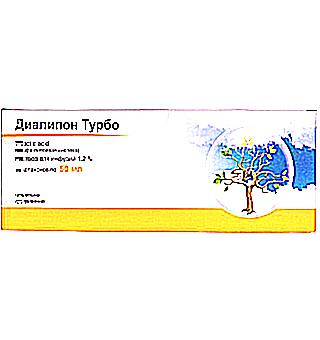Home >
Erectile Dysfunction >
Treatment of impotence with thioctic acid
Treatment of impotence with thioctic acid

This pharmacological preparation is a vitamin-like agent. The substance has antioxidant properties, therefore it can be used as part of complex therapy against impotence caused by natural aging processes. Thioctic acid can be found on pharmacy shelves under the name thioctacid, lipoic acid, or alpha lipoic acid.
Indications for the use of thioctacide
Alpha Lipoic Acid is for parenteral use. Doctors decide to start drug therapy with thioctacide in case of occurrence:
- diabetic and alcoholic polyneuropathy
- fatty degeneration or liver cirrhosis
- chronic hepatitis
- coronary atherosclerosis and hyperlipidemia
- intoxication the body as a result of the accumulation of salts of heavy metals
- poisoning with pale toadstool
Action of the medication
Thioctic acid has hypocholesterolemic and hepatoprotective, antioxidant and hypolipidemic, as well as detoxification properties. The medication contributes to the normal course of carbohydrate and lipid, energy and protein metabolism. The product provides processing and control of plasma cholesterol levels. Lipoic acid stabilizes the functioning of the liver, protects the internal organ from the destructive effects of alcoholic and narcotic substances, and reduces the damaging effect of endogenous and exogenous toxins. A substance with active hepatoprotective components leads to a decrease in blood glucose levels, which helps to reduce the likelihood of diabetes. The medication helps to overcome insulin resistance and increase glycogen in the liver. The pharmaceutical product is an endogenous antioxidant that prevents the proliferation of free radicals. With fragility and low permeability of arterial vessels, men suffer from erectile dysfunction. Alpha lipoic acid slows down oxidative reactions, preventing aging and increasing the fragility of vascular tissues. Thioctacid is absorbed through the gastrointestinal tract quickly enough. If the patient combines a medication with food, its effectiveness is significantly reduced. The maximum therapeutic concentration of the active components of the drug in the blood is observed 30-60 minutes after ingestion. The level of general bioavailability of a pharmacological agent varies from 30 to 60%.
How to use lipoic acid
Thioctacid is most often administered intravenously. Infusion is carried out slowly, the optimal infusion rate is up to 50 mg / min. The composition is diluted in saline and injected once a day. The duration of the treatment course depends on the type of pathology and lasts from 2 to 4 weeks. The daily dose should not exceed 600 mg. Regular monitoring of plasma glucose concentration is required if the patient suffers from diabetes mellitus. During the period of drug treatment, patients are strongly advised to stop consuming alcohol-containing products. With the introduction of excessive doses of thioctic acid, patients may experience some pathological manifestations. To stabilize the patient's well-being after an overdose, doctors prescribe symptomatic therapy.
Contraindications
Alpha Lipoic Acid should not be used for medical treatment:
- patients with hypersensitivity
- children under 6 years old
- minor adolescents suffering from diabetic and alcoholic polyneuropathy
- women during lactation and pregnancy
Side effects after using thioctic acid
In case of increased sensitivity of the body to the components of the drug, patients develop:
- changes in the gastrointestinal tract in the form of epigastric pain, urge to vomit and diarrhea
- changes in the respiratory system, namely, short-term delay or disturbance of the respiratory process
< li>an increase in the level of intracranial pressure - minor hemorrhages in the mucous membranes and skin
- headache and dizziness
- hypoglycemia when glucose metabolism is impaired
- convulsions and diplopia
- allergic reactions, including increased cough, skin rash and itching, burning and urticaria, profuse lacrimation and anaphylactic shock
An increase in side effects is possible when thioctacide is combined with insulin or hypoglycemic drugs.



























